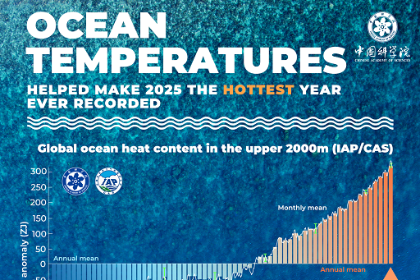Typhoon puts scientists and residents to the test






'Sponge city' in action
As the typhoon brought torrential rain and winds to southeastern areas early on Saturday, Shanghai proved the value of its ongoing "sponge city" project, which is designed to absorb excess rainwater and drain heavy precipitation.
Some 43 overpasses in the Songjiang, Qingpu, Putuo, Pudong, Minhang and Jiading districts of the city were closed, according to the Shanghai Transportation Commission. The most severe accumulation of rainwater was 155 centimeters.
But the initiative, which aims to make rainwater work for the city, helped Shanghai tackle the typhoon more easily. Promoted by the State Council in October 2015, it requires candidate cities to be capable of absorbing or reusing at least 20 percent of rainwater by next year.
A blogger with the user name seanpan, who posted video footage of a flooded road on Sina Weibo, said: "The road in front of my home was under the floodwater, but when we returned home after having some dumplings, the water, as if by magic, had gone. It seems that Shanghai's drainage system is pretty good."
At about 5 pm on Saturday, a similar occurrence was reported by the website of local media outlet Eastday at the junction of Lingling Road and North Shuangfeng Road in the Xuhui district. An hour earlier, people had to wade across the streets, with water reaching their ankles. But by 5 pm, the junction had returned to normal.
Shanghai is fast becoming a sponge city, which includes constructing sustainable drainage systems, promoting the development of green buildings and replacing concrete surfaces with those that absorb water.
Liu Qianwei, a chief engineer with the Shanghai Municipal Housing and Urban and Rural Construction Management Commission, said, "Our target is to have 20 percent of the existing urban area, or 200 square kilometers, reach the standard of a sponge city, and for this proportion to rise to 80 percent by 2040."
In Lingang, Pudong New Area, an area of 79 sq km is now covered by the sponge city project.
Through a multidimensional water collection and storage system, water is saved and purified on rainy days to be used as needed.



















